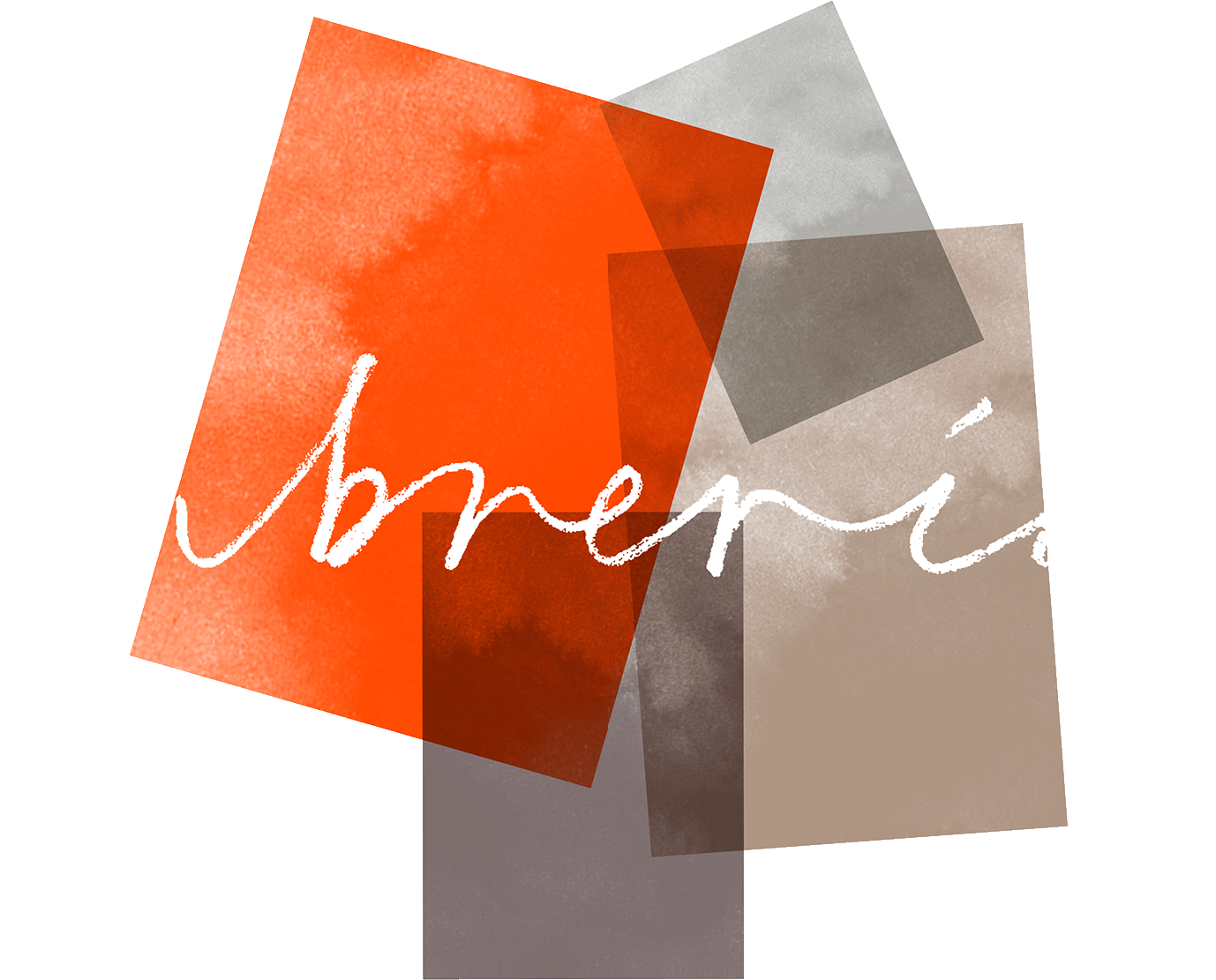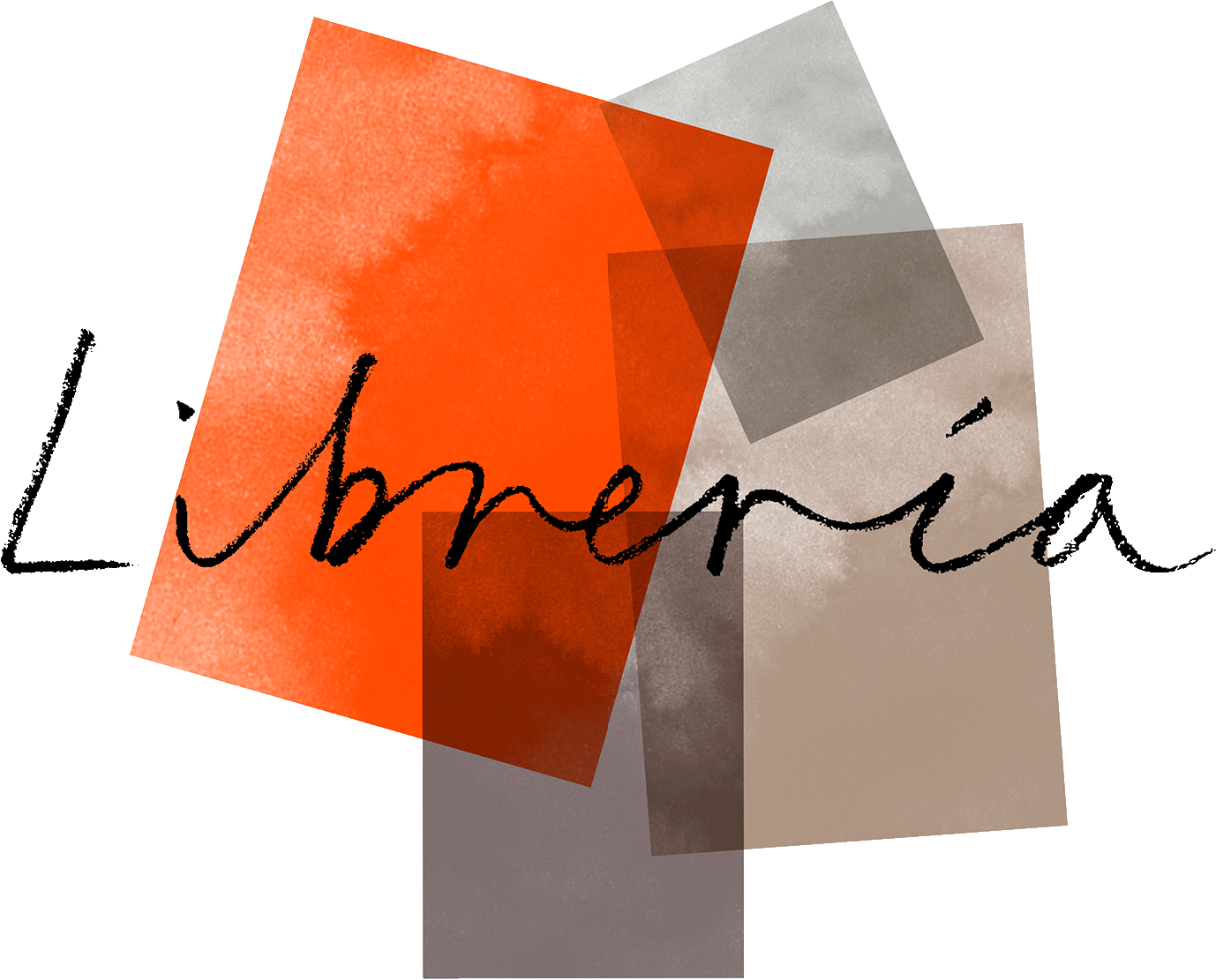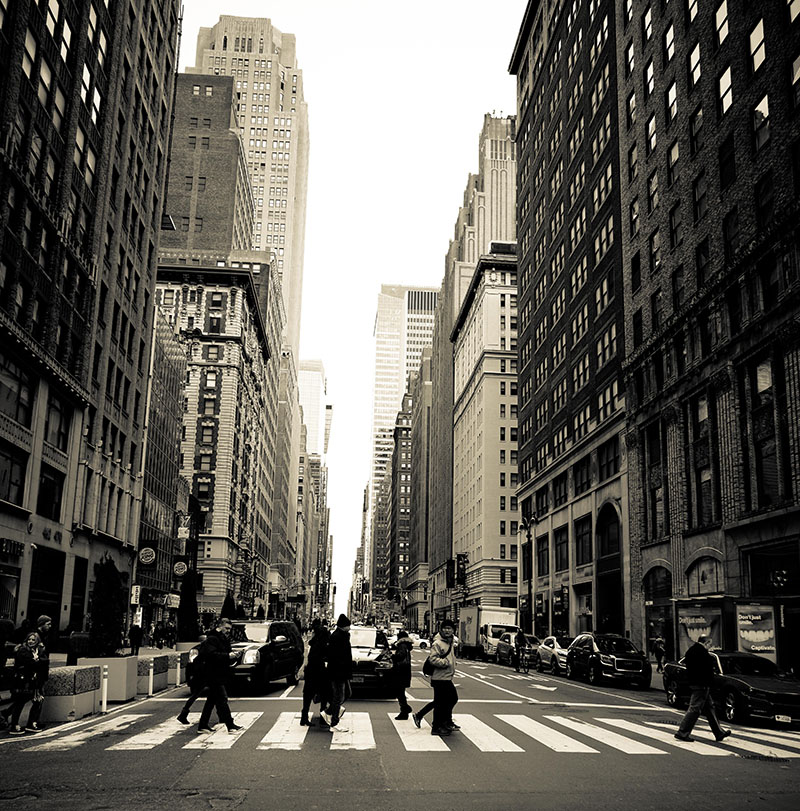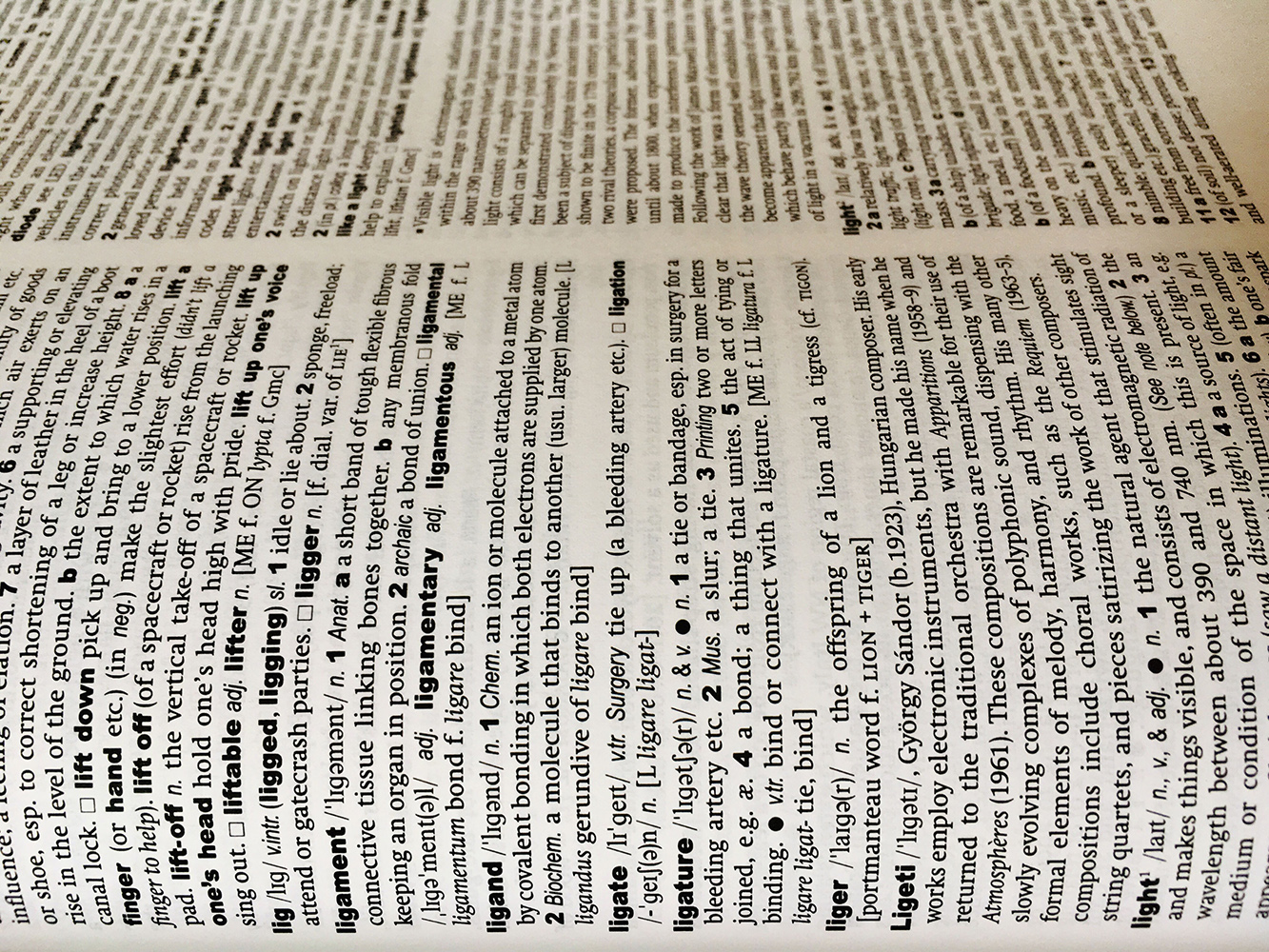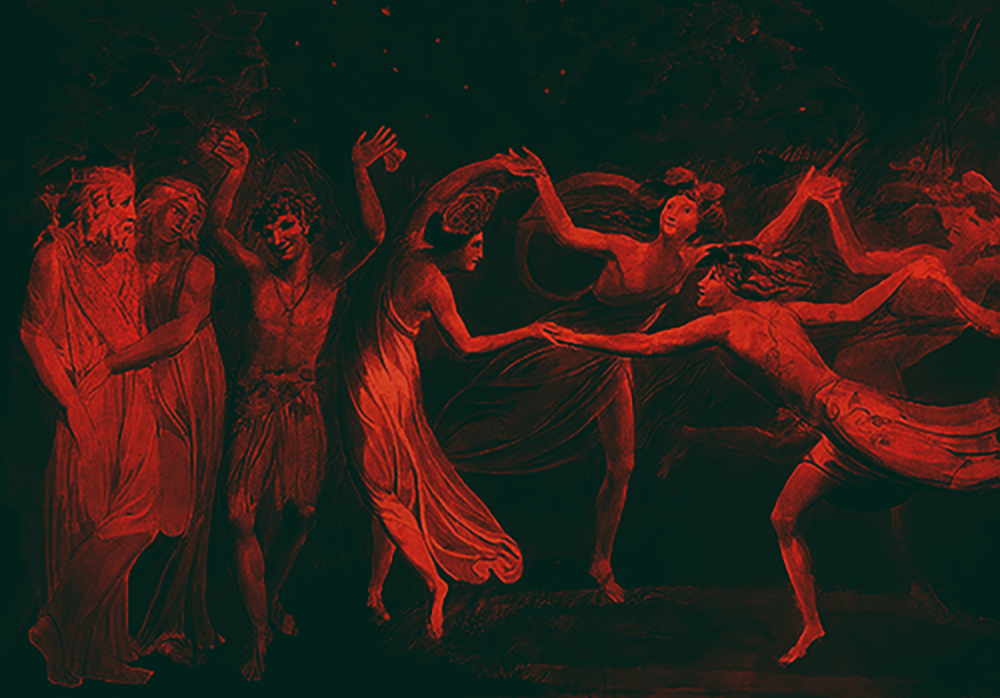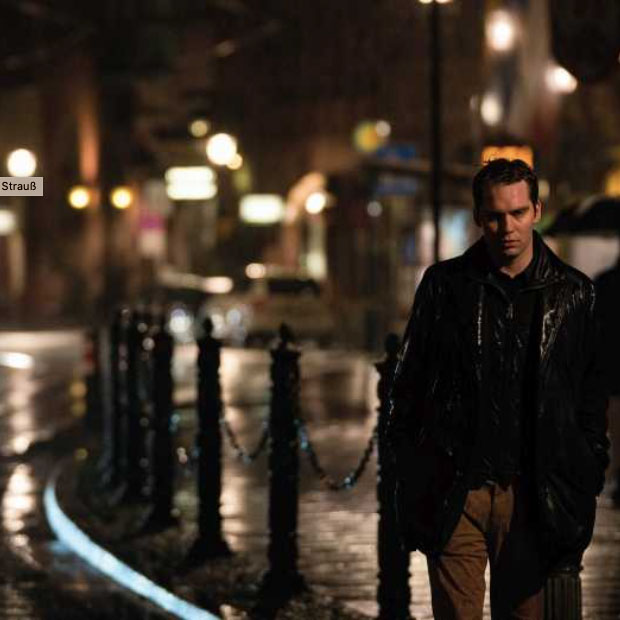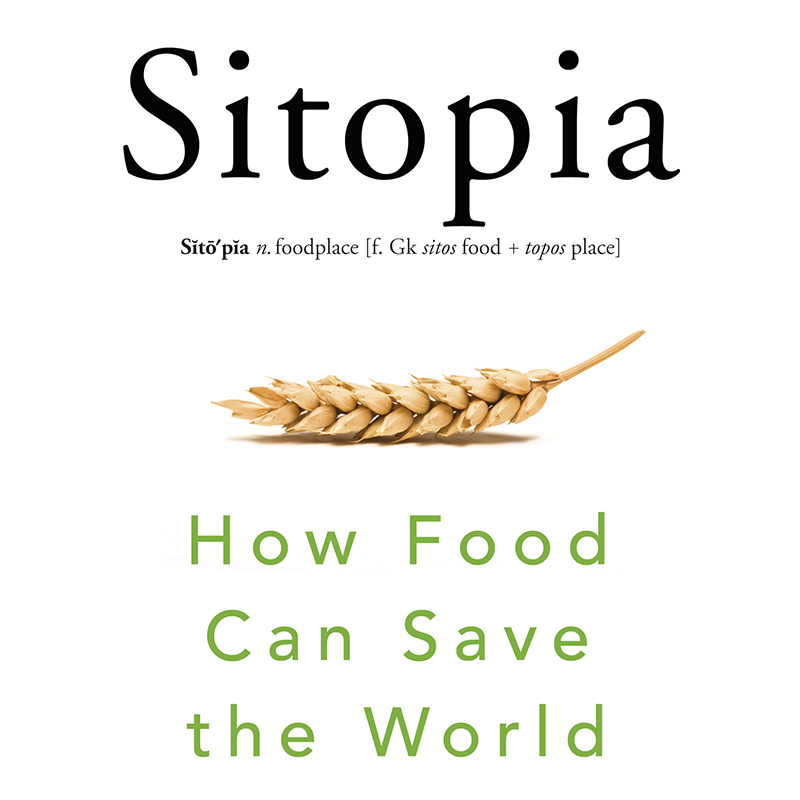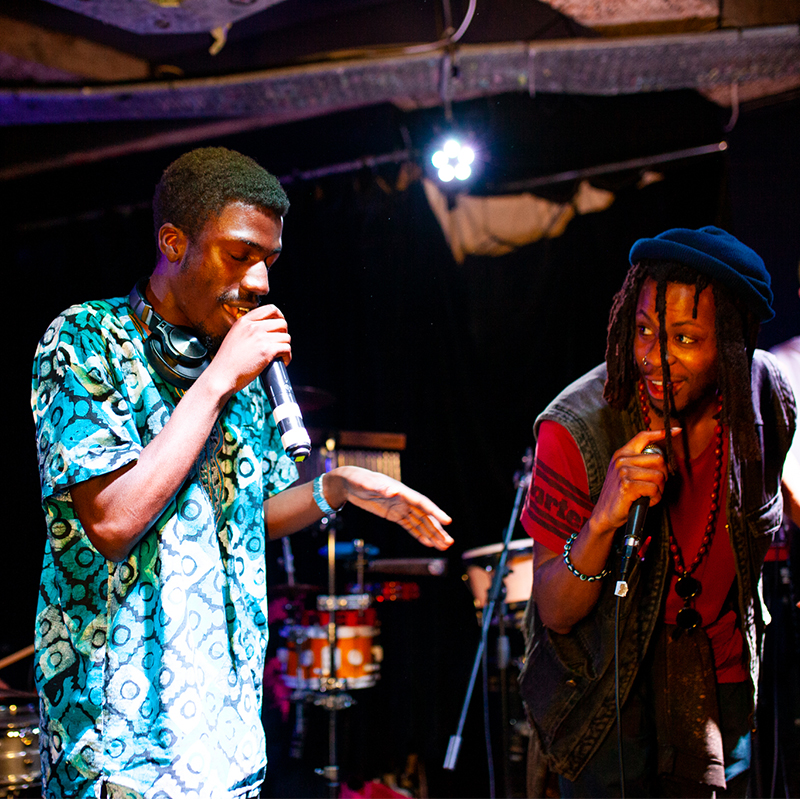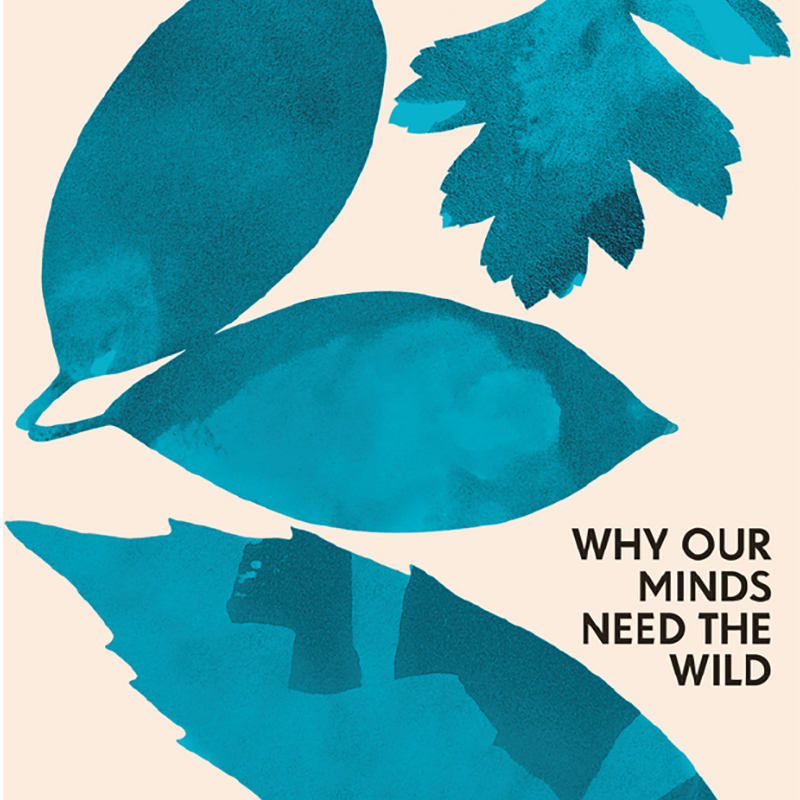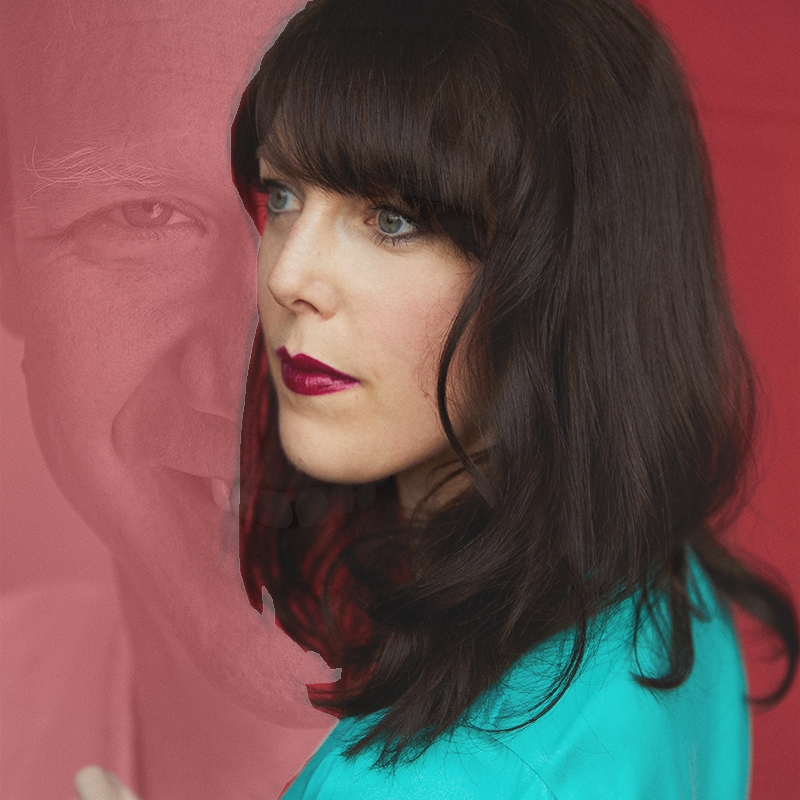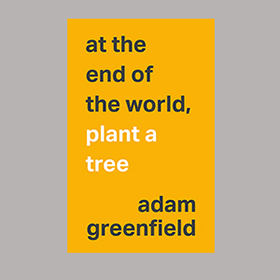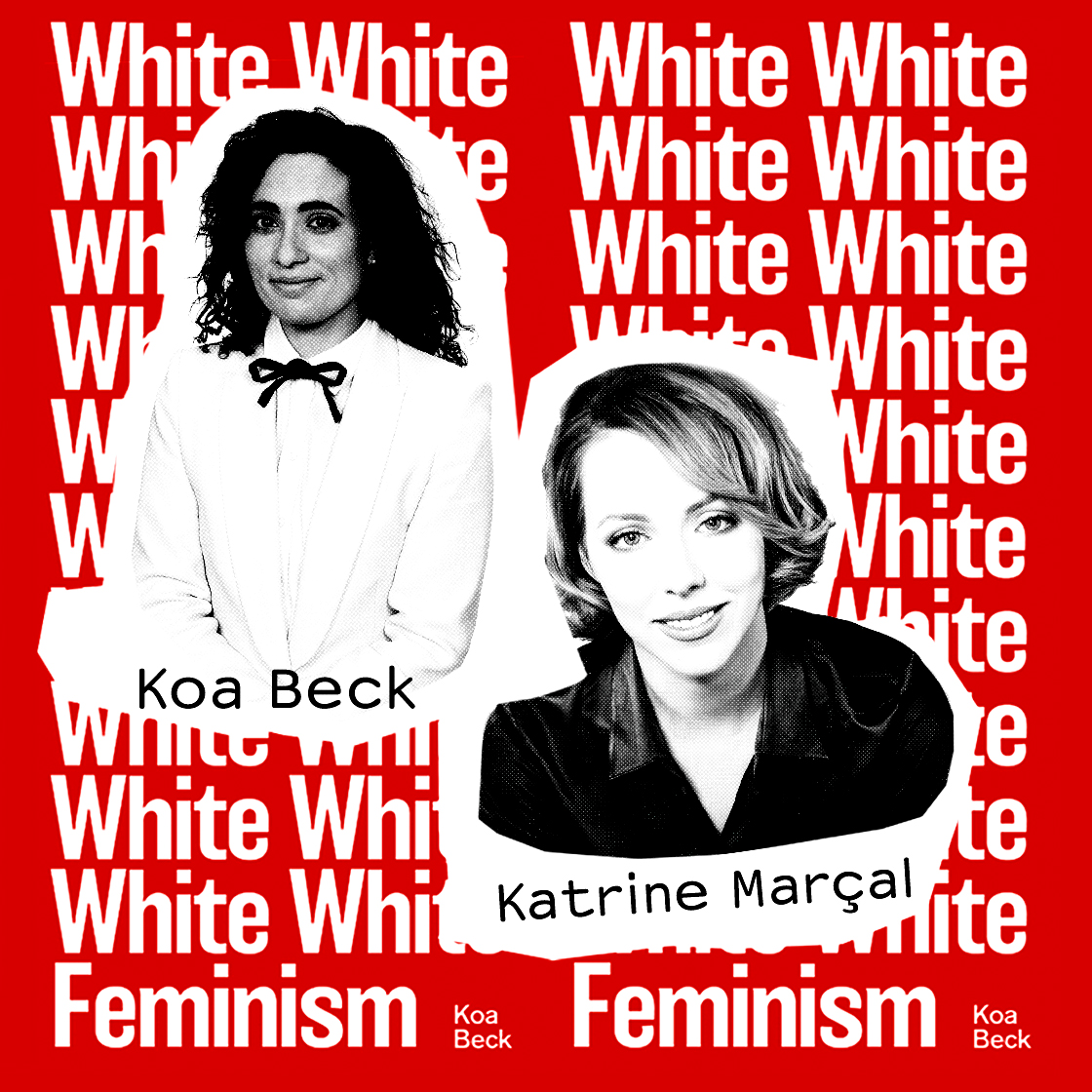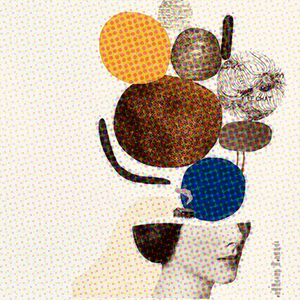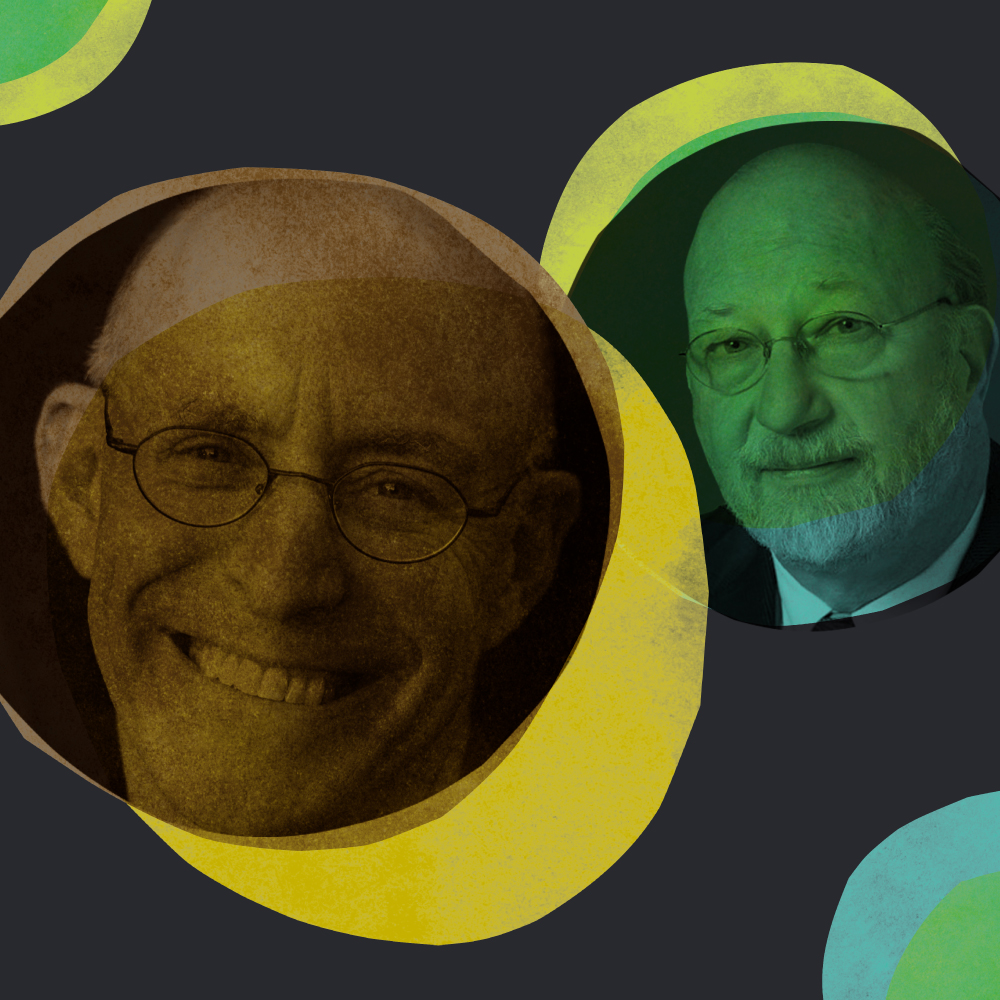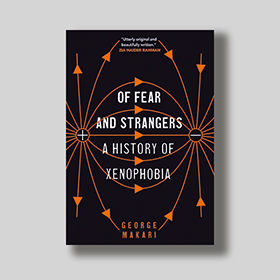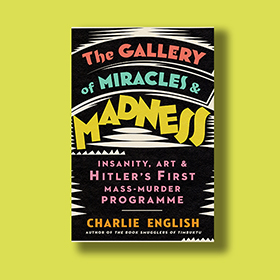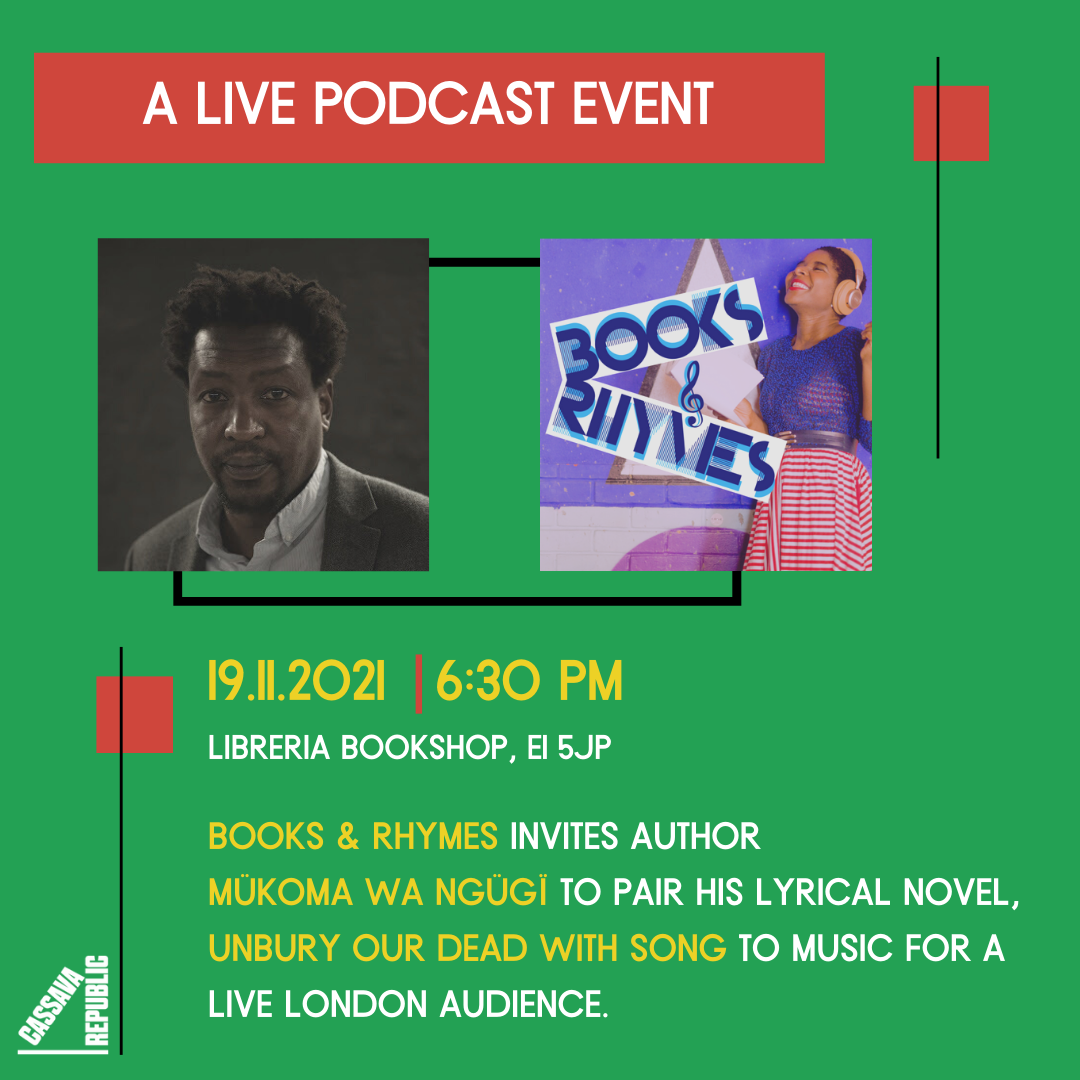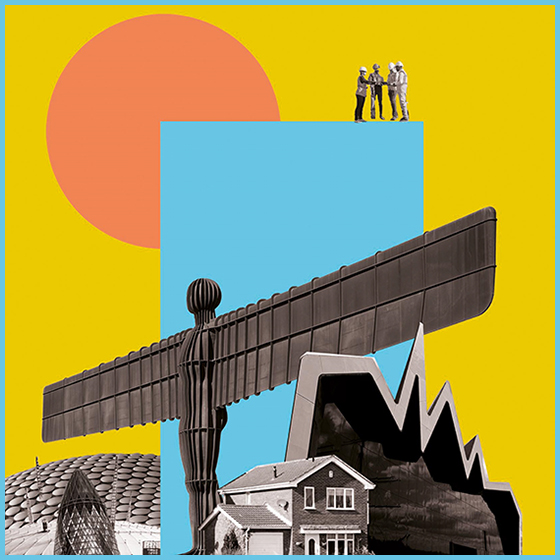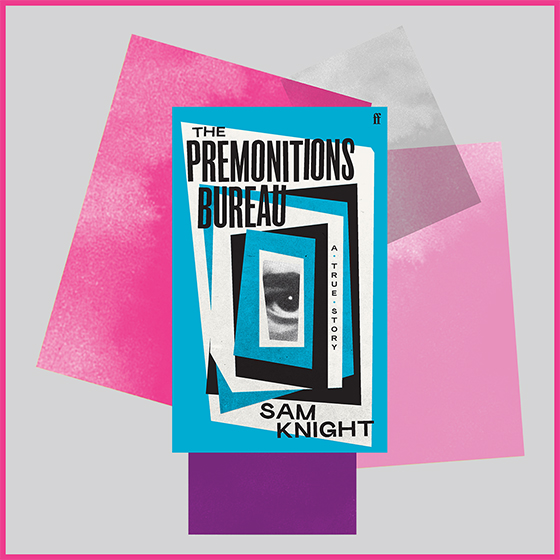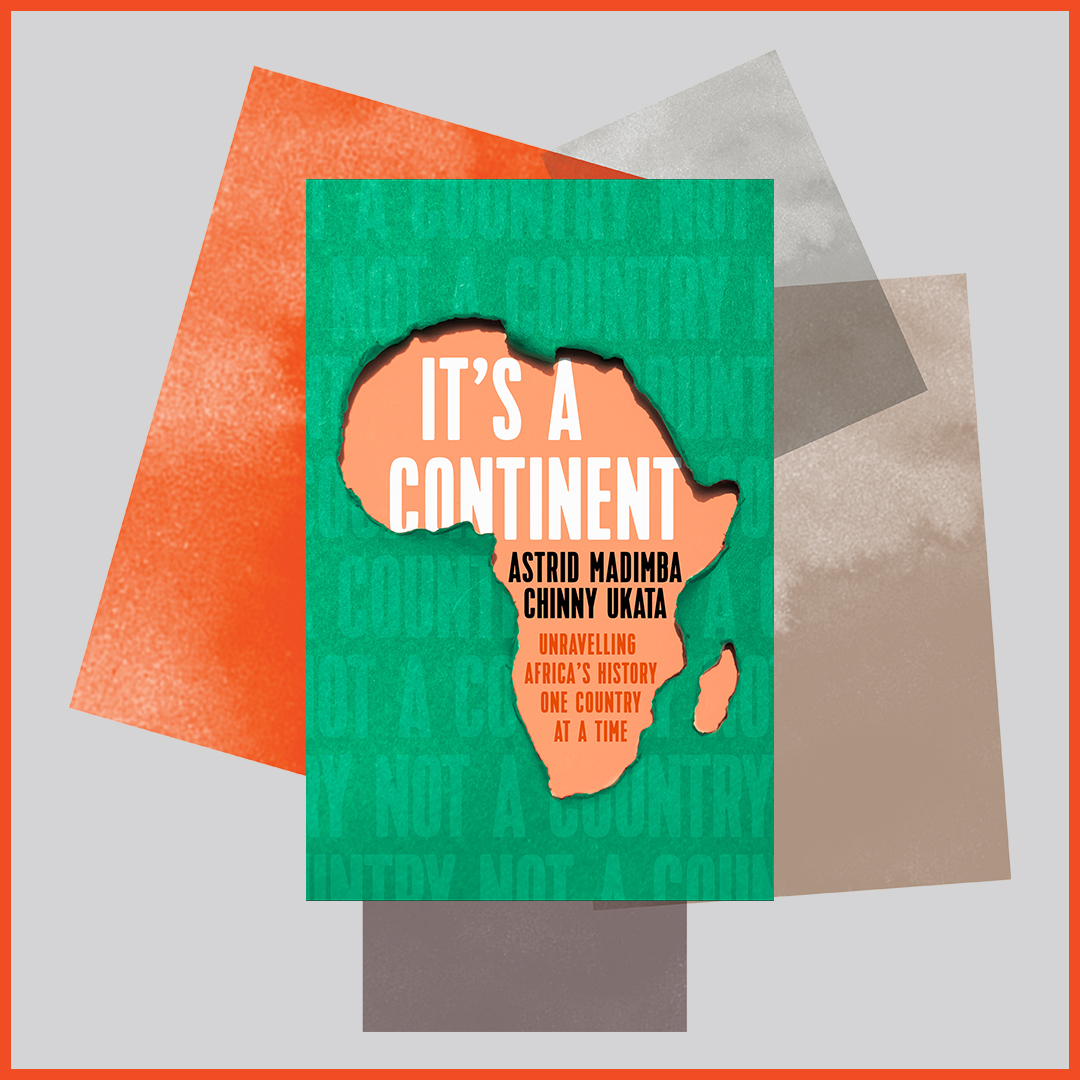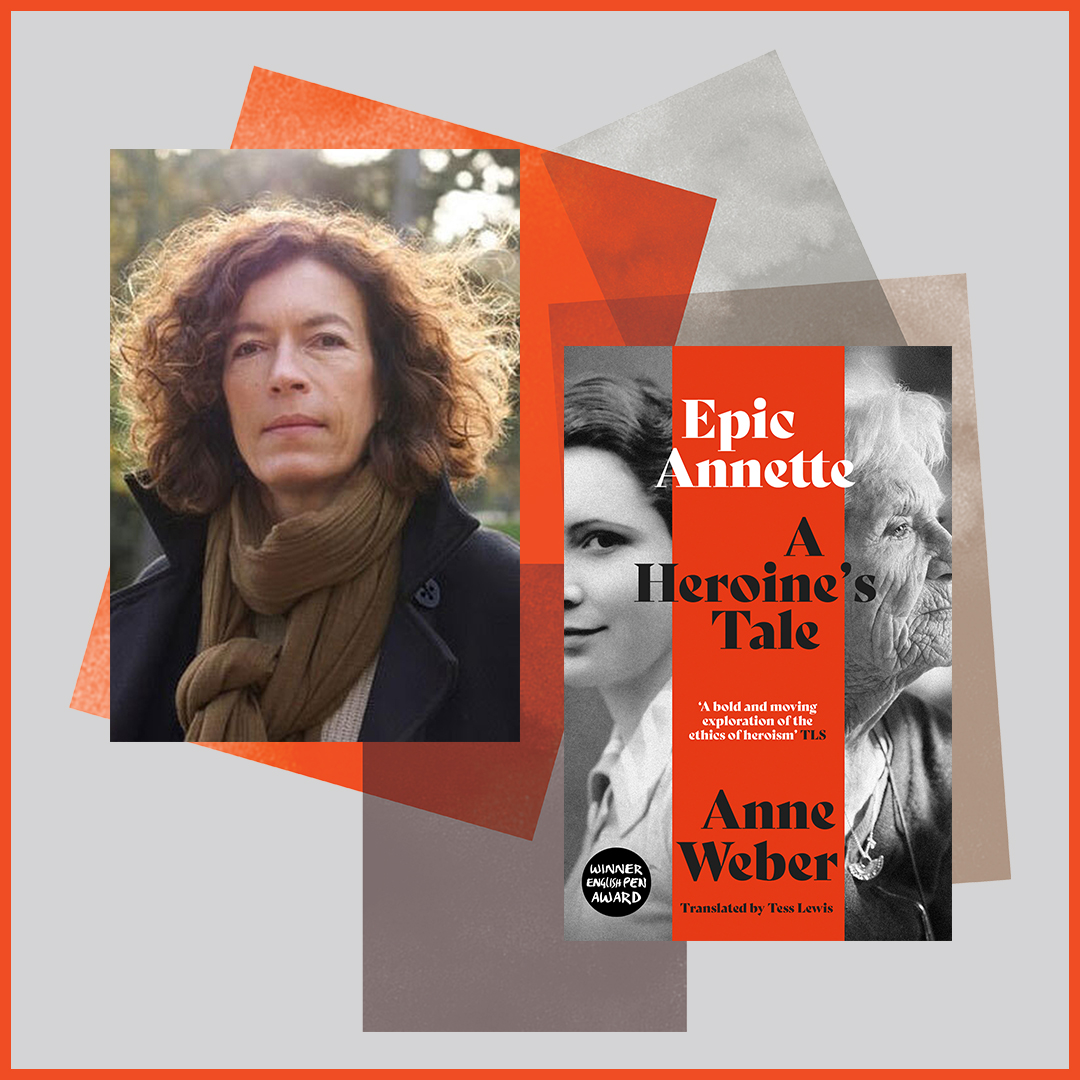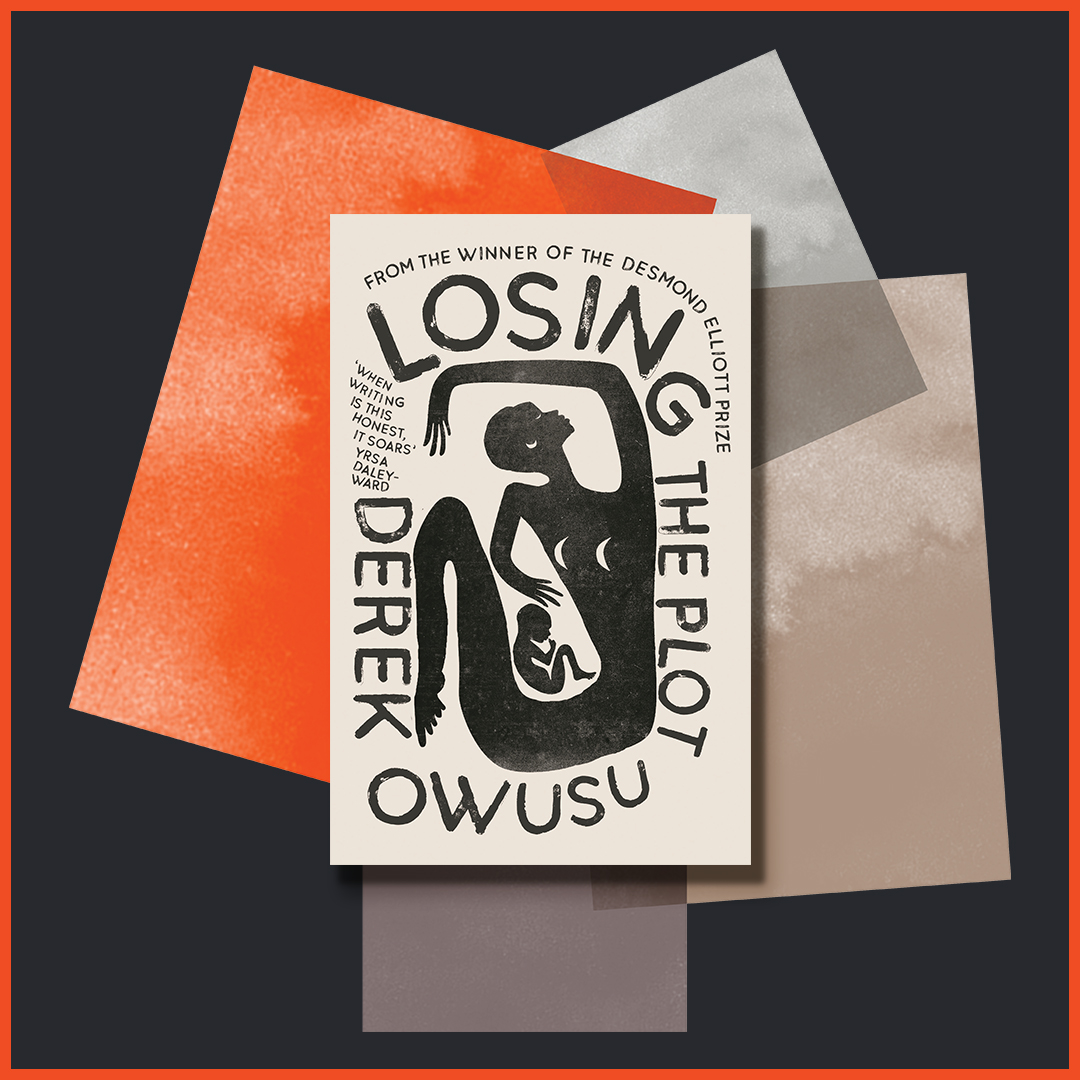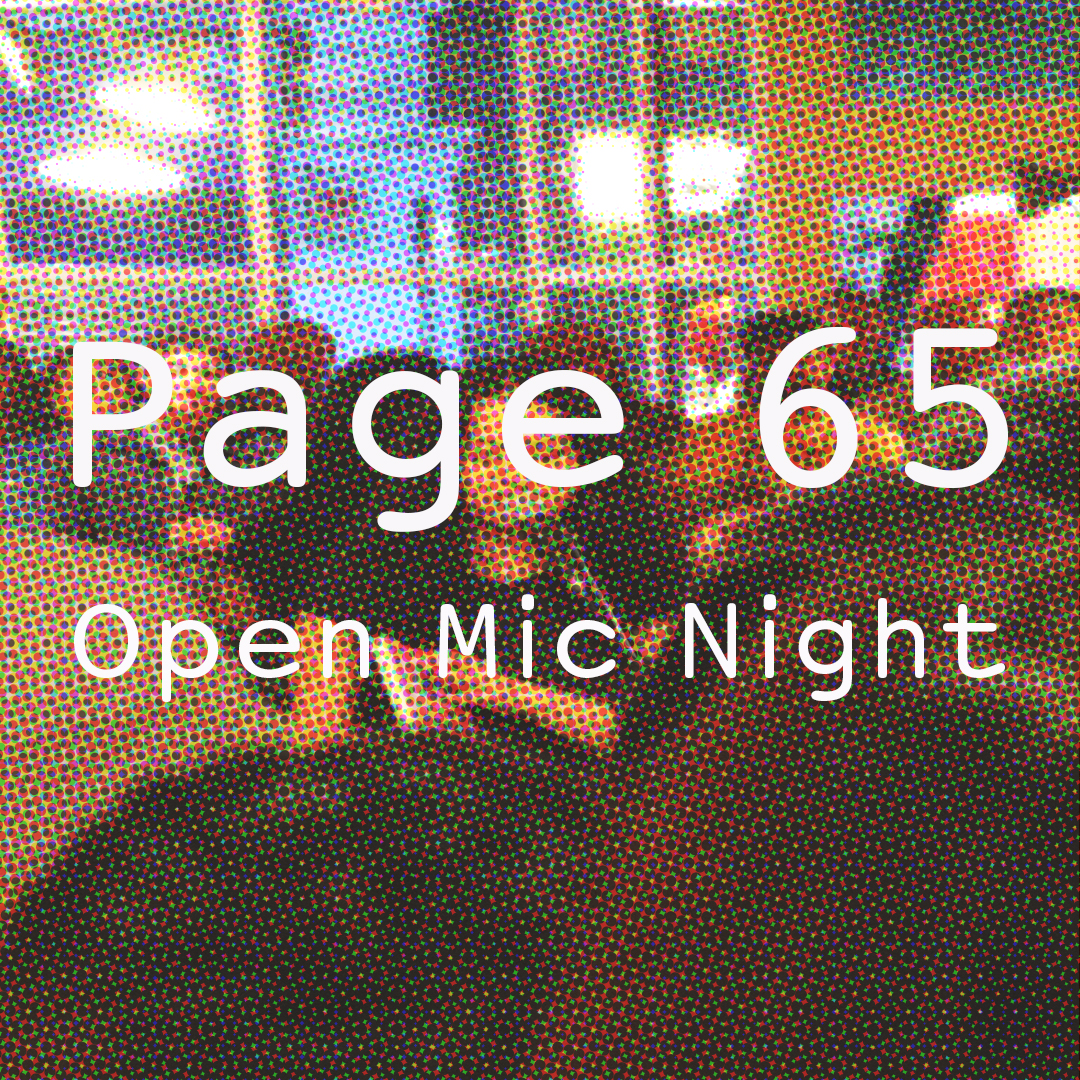
City, denizen, citizen; the word city excites and engenders so much of how we think about human civilisation. The locus of power, out of which epic founding myths morph and grow into our state constitutions, and or, the cultural drive of the city, irreverently changing; a protean mass of people, traders, streets and dens. This, in the main, is what Deyan Sudjic looks at in his admirably clear and ever engaging study. The Language of Cities not only looks at how a city speaks in the physical sense, but importantly it gives huge weight to ideas; the abstract language of law and history which moulds and anchors tradition, providing, as a consequence, a binary strand of cultural currency and capital. Thus, the name Lombard Street, here in the heart of London, harks back to the end of the Middle Ages and the Italian bankers whose name has over time annealed into the fabric of its identity. Sudjic peppers each section of his book with similar points of historical fact. But this ultimately and rightly leads to his interpretation of the city as we understand it now, base layers advance acropetally outwards and now skywards, with descriptions of twentieth century megalomaniac developers such as Robert Moses (who seems to have had a preternatural understanding of how a city’s planning institutions work), and the heroes such as Jane Jacobs who with admirable public force highlighted the issues at stake. Her campaigns necessarily advocated a more considered approach to how we understand a city’s heritage, and as a consequence the important protection of marginal and subterranean cultures
-
City, denizen, citizen; the word city excites and engenders so much of how we think about human civilisation. The locus of power, out of which epic founding myths morph and grow into our state constitutions, and or, the cultural drive of the city, irreverently changing; a protean mass of people, traders, streets and dens. This, in the main, is what Deyan Sudjic looks at in his admirably clear and ever engaging study. The Language of Cities not only looks at how a city speaks in the physical sense, but importantly it gives huge weight to ideas; the abstract language of law and history which moulds and anchors tradition, providing, as a consequence, a binary strand of cultural currency and capital. Thus, the name Lombard Street, here in the heart of London, harks back to the end of the Middle Ages and the Italian bankers whose name has over time annealed into the fabric of its identity.
Sudjic peppers each section of his book with similar points of historical fact. But this ultimately and rightly leads to his interpretation of the city as we understand it now, base layers advance acropetally outwards and now skywards, with descriptions of twentieth century megalomaniac developers such as Robert Moses (who seems to have had a preternatural understanding of how a city’s planning institutions work), and the heroes such as Jane Jacobs who with admirable public force highlighted the issues at stake. Her campaigns necessarily advocated a more considered approach to how we understand a city’s heritage, and as a consequence the important protection of marginal and subterranean cultures. #thecityspeaks #deyansudjic #libreriathoughtnugget #secondhometalks
City, denizen, citizen; the word city excites and engenders so much of how we think about human civilisation. The locus of power, out of which epic founding myths morph and grow into our state constitutions, and or, the cultural drive of the city, irreverently changing; a protean mass of people, traders, streets and dens. This, in the main, is what Deyan Sudjic looks at in his admirably clear and ever engaging study. The Language of Cities not only looks at how a city speaks in the physical sense, but importantly it gives huge weight to ideas; the abstract language of law and history which moulds and anchors tradition, providing, as a consequence, a binary strand of cultural currency and capital. Thus, the name Lombard Street, here in the heart of London, harks back to the end of the Middle Ages and the Italian bankers whose name has over time annealed into the fabric of its identity.
Sudjic peppers each section of his book with similar points of historical fact. But this ultimately and rightly leads to his interpretation of the city as we understand it now, base layers advance acropetally outwards and now skywards, with descriptions of twentieth century megalomaniac developers such as Robert Moses (who seems to have had a preternatural understanding of how a city’s planning institutions work), and the heroes such as Jane Jacobs who with admirable public force highlighted the issues at stake. Her campaigns necessarily advocated a more considered approach to how we understand a city’s heritage, and as a consequence the important protection of marginal and subterranean cultures. #thecityspeaks #deyansudjic #libreriathoughtnugget #secondhometalks


